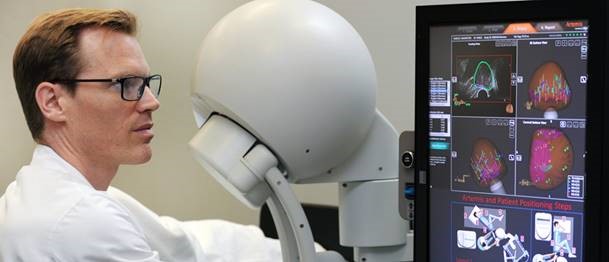Innovative Retention Device for Enhanced Safety in Kidney Surgeries: KSB and ETH Zurich Launch Joint Study
Kantonsspital Baden (KSB) has developed a groundbreaking vacuum-based retention device to facilitate kidney surgeries. Surgeons at KSB, in collaboration with researchers from ETH, are now planning a two-phase study to validate the added value in terms of safety and benefits of their patented invention.

Kidney tumors pose unique challenges for surgeons, especially in laparoscopic or robot-assisted procedures. The developed vacuum-based holding instrument resembles a suction cup, allowing surgeons to gently grasp and remove delicate tissue from the kidney. This is crucial to avoid potential complications such as bleeding, tumor cell distribution in the surgical area, and prolonged operating time.
PD Dr. med. Lukas Hefermehl, Chief Physician of the Urology Department at KSB, emphasizes the significance of this innovative instrument: "Our goal is to enhance the safety of laparoscopic and robot-assisted removal of kidney tumors." The instrument prototype has been successfully tested, and now, the surgeons at KSB plan a two-phase study in collaboration with ETH Zurich researchers.
Through collaboration with ETH Zurich and its Digital Trial Intervention Platform (dTIP), Kantonsspital Baden (KSB) is able to conduct highly effective clinical research. Prof. Dr. Jörg Goldhahn, Chair of the Steering Board at dTIP, underscores the pivotal role of dTIP in conducting clinical studies and promoting research-related health projects. He particularly highlights that ETH Zurich - Digital Trial Intervention Platform (dTIP) can provide valuable support with experts like Dr. Dietmar Schaffarczyk (Dipl. Lead Auditor MedTech) and expertise in Regulatory Thinking®.
Innovations in healthcare bring immediate benefits to patients. This novel retention device is an impressive example of the fruitful collaboration between medical research and technological expertise, ultimately serving to improve patient safety.